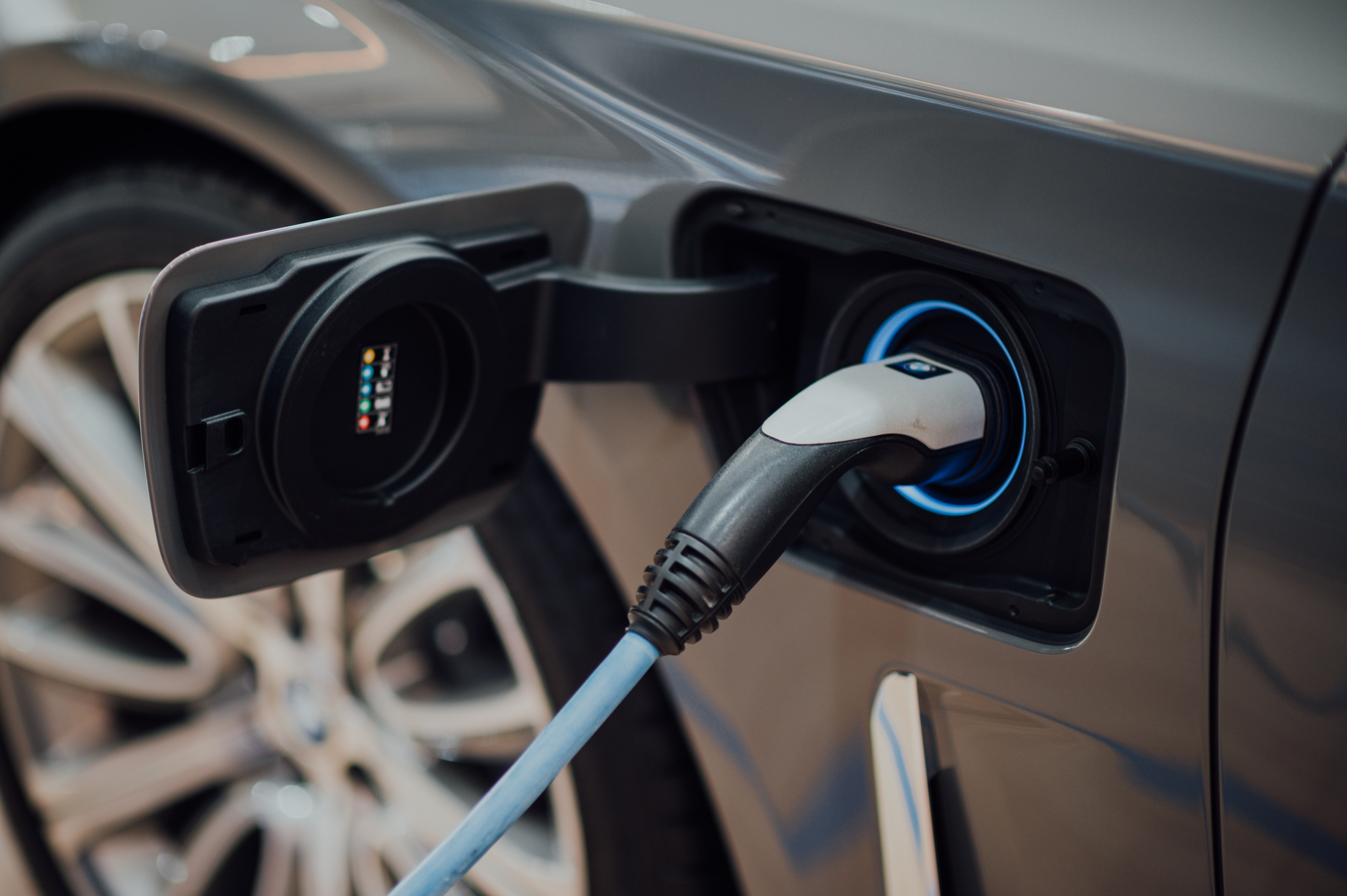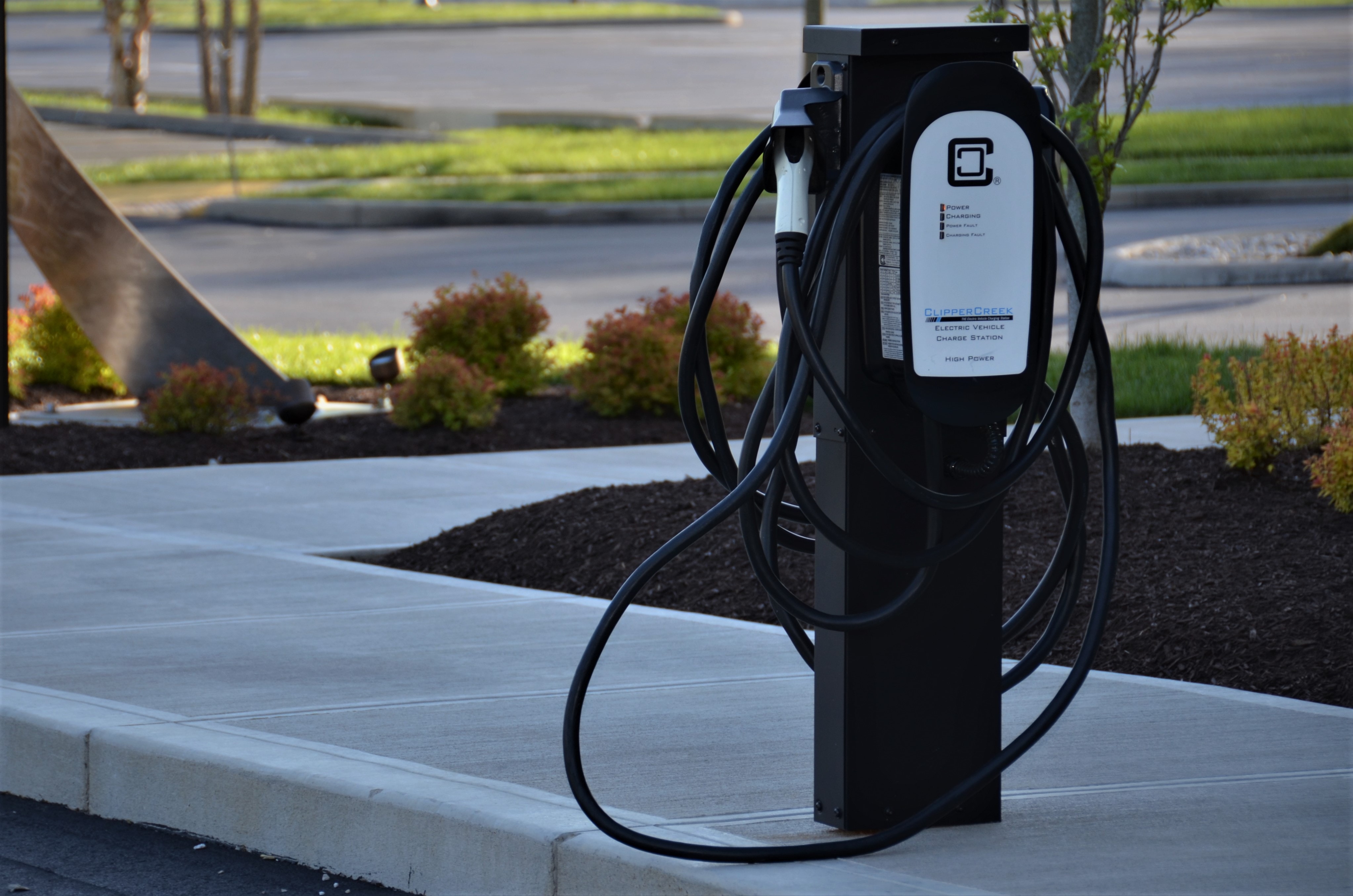9 Famous Thai Celebrities’ Cafes and Eateries in Thailand
A look at a list of Thai celebrities who own restaurants and ...

In recent years, electric cars have been zipping around Europe, making their presence ever more increasingly known on the streets. Government policies, incentives, and advancements in technology have been driving the surge in their popularity.
Just last month, the European Union achieved a significant milestone by enacting groundbreaking legislation mandating that all newly sold cars be emissions-free, targeting zero CO2 emissions by 2035. Consequently, European nations are swiftly mobilising to develop the necessary infrastructure to support carbon-neutral transportation.

In a remarkable move, Sweden is transforming a highway into a permanent electrified road, marking the first of its kind in the world. This revolutionary initiative will allow cars and trucks to recharge their batteries while cruising down the road. This sounds like something straight out of a sci-fi movie.
Experts have confirmed that dynamic charging enables vehicles to cover longer distances with smaller batteries, eliminating the need for time-consuming pit stops at traditional charging stations. It’s a game-changer in the world of electric vehicles.
Sweden has pioneered electrified roads through several pilot projects including the world’s first temporary electric road. Jan Pettersson, the Director of Strategic Development at Trafikverket, the Swedish transport administration, firmly believes that electric solutions are the optimal way to decarbonize the transportation sector.
The chosen motorway for this cutting-edge venture is the European route E20, a crucial link connecting logistics hubs between Hallsberg and Örebro. Situated in the heart of the country, these locations serve as vital junctions connecting Sweden’s three major cities: Stockholm, Gothenburg, and Malmö.

At present, the project is in the procurement stage and is set to be completed by 2025. Although the charging method has not been decided on yet, there are three options being considered: the catenary system, conductive (ground-based) system, and inductive system.
The catenary system involves the use of overhead wires to supply electricity specifically to specialised buses or trams, making it an ideal solution for heavy-duty vehicles. On the other hand, conductive charging can accommodate both heavy-duty vehicles and private cars, provided there’s a conduction system like a rail in place. In this system, vehicles are charged through a connecting stick that makes contact with the rail.
Trafikverket has made impressive advancements in electric vehicle charging infrastructure. In 2018, they introduced the world’s first charging rail for electric vehicles on public roads. The pilot project spanned a 2 km section between Stockholm’s Arlanda airport and a logistics area in Rosersberg. Electric trucks used a moving arm to connect with an electrical rail embedded in the asphalt, making it possible for them to receive power while in motion.
In addition, Trafikverket developed an inductive charging system, where special equipment buried beneath the road transmitted electricity to a coil within the electric vehicle. This coil used the received electricity to charge the vehicle’s battery. In 2020, Trafikverket continued their innovative efforts by constructing a wireless electric road specifically designed for heavy trucks and buses in an island city called Visby.
With unwavering government support, substantial investments in charging infrastructure, and ongoing technological advancements, electric vehicles are accelerating towards a bright future. The roads are about to get electrified, and Sweden is paving the way with its electrifying vision. Is Bangkok going to follow? That remains to be seen but one can only imagine just how fully charged electric vehicles would be here given how many hours drivers spend on the road every day.
A look at a list of Thai celebrities who own restaurants and ...
These top 5 barber shops in Bangkok are where gentlemen can elevate ...
Saturdays are already made for Salmon, now there's even more reason to ...
A detailed guide to hiking the Naga Cave, combining physical challenges with ...
While traditional TV shows are serving us endless boy-meets-girl tales. Thailand has ...
Sailorr and Molly Santana’s black grills fuse hip-hop swagger with homage to ...
Wee use cookies to deliver your best experience on our website. By using our website, you consent to our cookies in accordance with our cookies policy and privacy policy